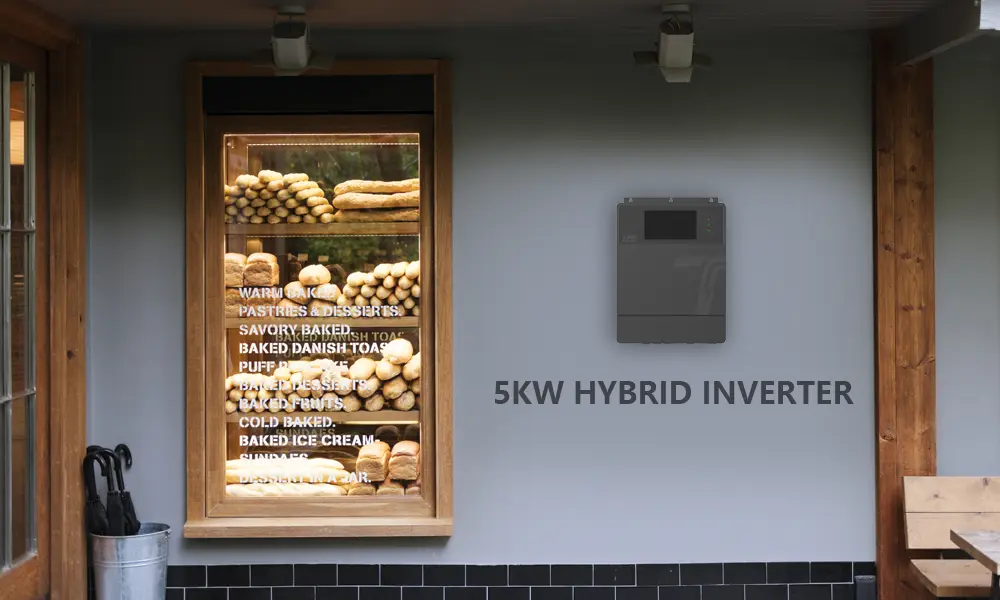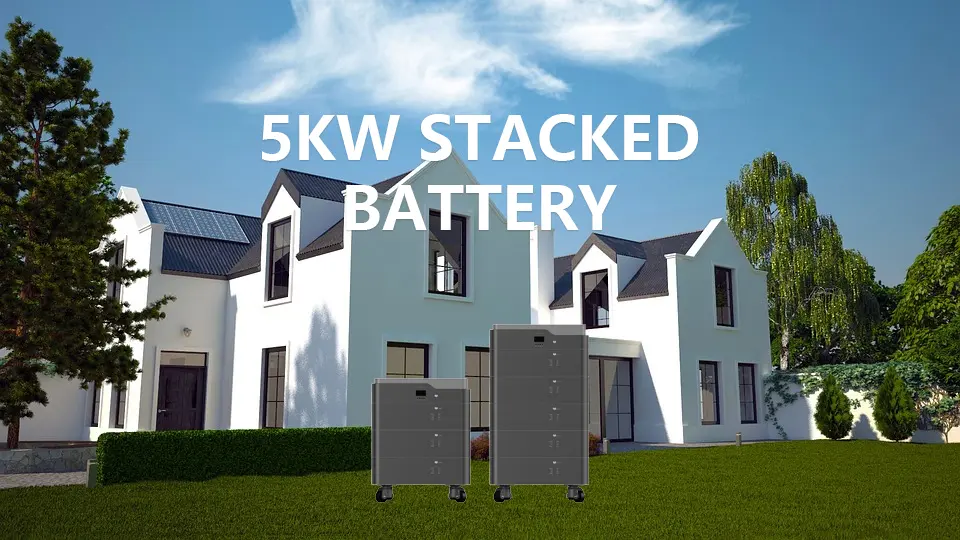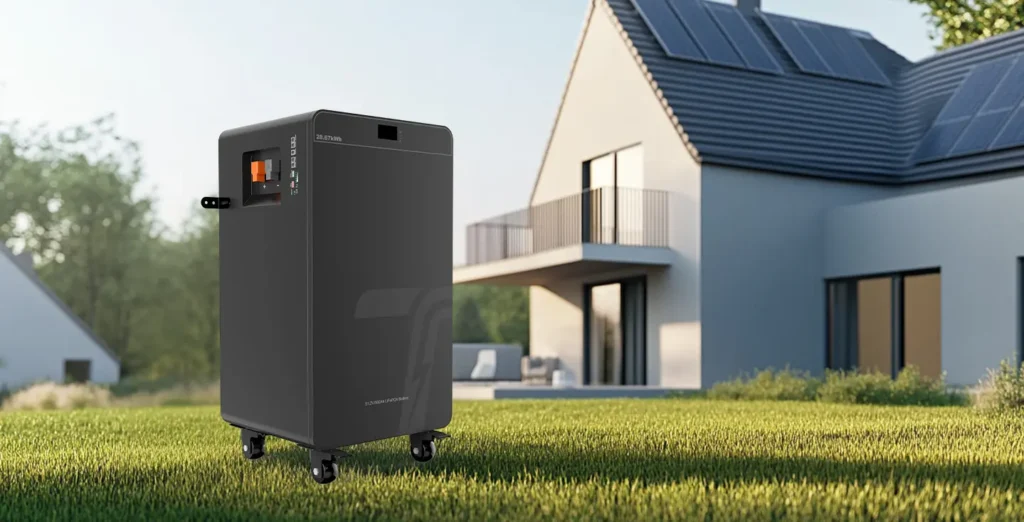By 2025, they’re not just a tech trend—they’re a necessity. If you’re still on the fence about upgrading your home or business energy system, this article will flip the script. We’ll dive into real-world data, customer stories, and hard stats to show why Tursan’s hybrid inverters are dominating the game. Buckle up.
Hybrid Inverters: The Brains Behind Clean Energy
Hybrid inverters do two jobs at once:
- Convert solar energy into usable electricity.
- Manage battery storage and grid power seamlessly.
Think of them as the ultimate multitaskers. While traditional inverters just flip DC to AC, hybrids juggle solar panels, batteries, and the grid to keep your lights on 24/7. But not all hybrids are created equal. Let’s talk about what makes Tursan’s inverters stand out.
Real-World Example:
Imagine a bakery in Texas that runs on solar power. During the day, their panels generate excess energy. A Tursan hybrid inverter stores that surplus in a 24V300ah Home Backup Battery. At night, when energy rates spike, the bakery taps into stored power instead of paying peak prices. Result? A 40% drop in monthly bills.

The 2025 Hybrid Inverter Hall of Fame
We crunched the numbers. Here are Tursan’s top performers:
| Model | Power Range | Best For | Key Features |
|---|---|---|---|
| 5.6kW Hybrid Inverter | 5.6kW | Small homes, cafes | Solar + grid sync, app monitoring |
| 10kW Hybrid Inverter | 10kW | Mid-sized homes, offices | Dual MPPT, surge protection |
| 12kW Hybrid Inverter | 12kW | Large homes, workshops | 98% efficiency, compatibility with stacked batteries |
Why These Models?
• 5-6kW Inverter: Perfect for DIY enthusiasts. Pair it with a 5kW Solar Stacked Battery for a plug-and-play setup.

• 10kW Inverter: A customer in Florida used this to keep their Airbnb running during hurricane blackouts. “Zero downtime,” they raved.
• 12kW Inverter: A farm in California combined this with a 28.67kWh Home Battery to go fully off-grid.

The Secret Sauce: Tursan’s Manufacturing Edge
You can’t fake quality. Here’s why Tursan’s inverters are built to last:
• BYD Cells: The same lithium tech used in electric vehicles.
• 5-Stage Quality Checks: Every inverter is tortured-tested (literally).
• 15 Production Lines: Scalability without compromising craftsmanship.
One customer put it bluntly: “Tursan’s inverters don’t just work—they outlive my expectations.”
“But What About Cost?” (Spoiler: You’ll Save Money)
Let’s break it down with a 2025 Cost-Benefit Table:
| Scenario | Traditional Inverter | Tursan Hybrid Inverter |
|---|---|---|
| Upfront Cost | $1,200 | $2,500 |
| 5-Year Energy Savings | $3,000 | $7,500 |
| Tax Incentives | $500 | $1,800 |
| Net Savings | $2,300 | $6,800 |
Hybrids pay for themselves in 3-4 years. After that? Pure profit.
The Future Is Customizable
Tursan doesn’t sell cookie-cutter solutions. Got a unique setup? Send your specs, and they’ll craft a hybrid inverter tailored to your needs. One off-grid cabin owner said: “They turned my sketch on a napkin into a working system in 7 days.”
Pro Tip: Pair your inverter with a Portable Power Station for emergency backup.
The Verdict
By 2025, hybrid inverters will be as essential as Wi-Fi. Tursan’s combo of affordability, durability, and smart design makes them the go-to for homeowners and businesses alike. Still skeptical? Check out their 10kW Hybrid Inverter page and see the specs yourself.




